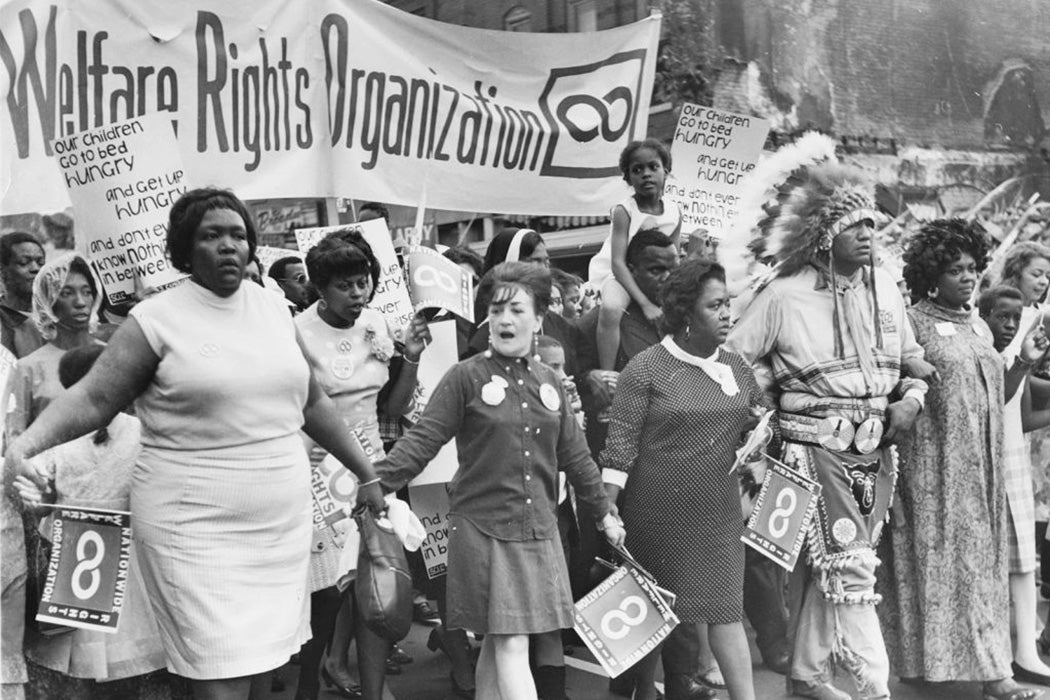The new child tax credit policy, which will give many US families $250 to $300 per child each month for the rest of the year, could be one of the most effective poverty-fighting measures in decades. But policy administrators are struggling to make sure it reaches some of the families who need it most. As sociologist Nancy A. Naples explained in 1991, bridging that kind of gap between anti-poverty policy and the people it’s intended to serve was a central aim of the War on Poverty in the 1960s and ’70s.
The Economic Opportunity Act of 1964 created neighborhood-based Community Action Programs (CAPs). It emphasized the “maximum feasible participation” of those served by anti-poverty programs in designing and implementing them. In practice, Naples writes, that often meant hiring women who were already active in their communities to identify local needs and help connect their neighbors with services.
Naples interviewed forty-two women employed as community workers in New York City or Philadelphia through CAP programs.
“Ann Robertson” described her own experience as a recipient of government programs earlier in her life. “I had to go to school to get free lunch for my children, which changed their status completely because it meant they had to go to the back of the line with the other children on welfare,” she said. “If frankfurters were being served that day, all the kids were ahead of them so maybe they would get half a frankfurter, if any at all.”
That type of experience helped the community workers understand what program recipients went through, and allowed them to educate their middle-class coworkers.
Naples writes that for many of the women, there was no clear line between the paid job of community worker and the unpaid work they did as community members. “Angela Garcia” contrasted her approach to that of agency employees with a 9-to-5 schedule. “When everybody else goes home, we’re still there,” she said. “We’re in the neighborhood and we’re still working.”
Garcia said she would have been working to help her neighbors navigate local agencies even if it weren’t her job. “I know who to call, and how to get you through the system,” she said. “It has nothing to do with this job.”
But, she said, having an official position did increase her legitimacy in program administrators’ eyes.
Weekly Newsletter
Naples writes that there was much less turnover among local community workers than among “professional” employees higher up in the organizations. But many programs soon began demanding traditional credentials as criteria for advancing within organizations. In some cases, central offices sent community workers to different neighborhoods, disregarding the way their ability to do their jobs depended on local knowledge and relationships.
Over time, the funding for many community programs dried up, and many of Naples’s interviewees lost their paid jobs. By the time Naples was writing, in 1991, most War on Poverty programs were gone and anti-poverty agencies had largely reverted to hiring professional workers from outside the areas they served.







